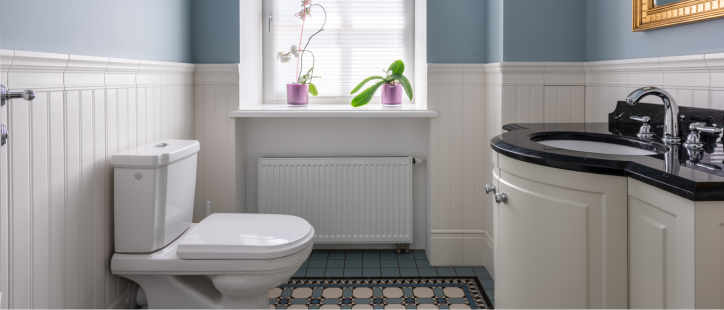With the improved technology today, many homes on the North Shore, MA area have touchless faucets. This type of faucet is becoming popular and can be installed in the kitchen and bathroom sinks.
Whether you are planning for a home remodel or moving to a new home in the North Shore area, and you want to install touchless faucets to give your home more valuable, it is important to learn about what faucets are and how they work to enable you to make informed decisions. Here is everything you need to know about touchless faucets.
What is a Touchless Faucet and How Does it Work?
A touchless faucet is an automatic or hands-free tap that uses motion sensor technology and mechanisms that opens the faucet valve to activate water flow without touching the handles. After using the faucet, it closes the valve after a few seconds or when it no longer detects hands in motion. A touchless faucet has four components. Below are the components of a touchless faucet that enables the faucet to function optimally.
- Sensor: The sensor on a touchless faucet has an infrared detector that sends the signal of motion to the valve. It alerts the valve when it is time to start the water flow or stop when there is no hand motion.
- Solenoid Valve: The signals of movement from the sensor usually control the valve. It triggers the valve to open and starts the water flow through a rubber-like disc. If the sensor fails to detect a signal, the valve does not open, meaning there will be no water flow.
- Power Source- A touchless faucet can only work when powered by electricity. You can use a battery or connect the faucet to a power source. It is important to check the faucet system and ensure you have the required power source that matches the faucet.
- Spout: The spout contains the remaining components of a touchless faucet. There are different sizes and materials of spouts, and you can choose one that suits your sink, budget, and the color of your kitchen or bathroom.
The Top Benefits of Touchless Faucets
A touchless faucet comes with multiple benefits. Here are some of the benefits of installing touchless faucets in your home.
Saves Water
Water flows from the faucet only when in use. Once you stop, the water stops flowing after a few seconds. This means that there is no water wastage. The faucet automatically turns off, unlike the traditional sink that lets out water continually when someone forgets to close the tap. For a touchless faucet, you don’t need to touch anywhere to let the water flow or stop. This saves you a lot of water in the long run.
Prevents Spread of Germs
The standard faucets can be breeding places for germs since people must touch and open them to allow water flow. There is a high chance of bacterial and viral infections in those who frequent such places. But this isn’t the case with a touchless faucet. You don’t need to touch it. This means there will be no spread of germs and grime to hands and utensils.
Highly Convenient
Since touchless faucets are easy to operate, they become highly convenient no matter how many people use them. They are suitable for people with challenges accessing traditional faucets since they only need to wave their hands in front of the sensor to let the water flow automatically. Touchless faucets are also convenient if you have children since they can easily operate without your support.
Consider Expert Plumbing from Maffei Services
Installing touchless faucets requires careful consideration when choosing the faucets. The faucets also require professional installation for maximum efficiency. If you are looking for first-class plumbing services in the North Shore area, the helpful and friendly team at Maffei Services can help. We offer highly responsive plumbing services worth value for your money. Schedule a service call today.



